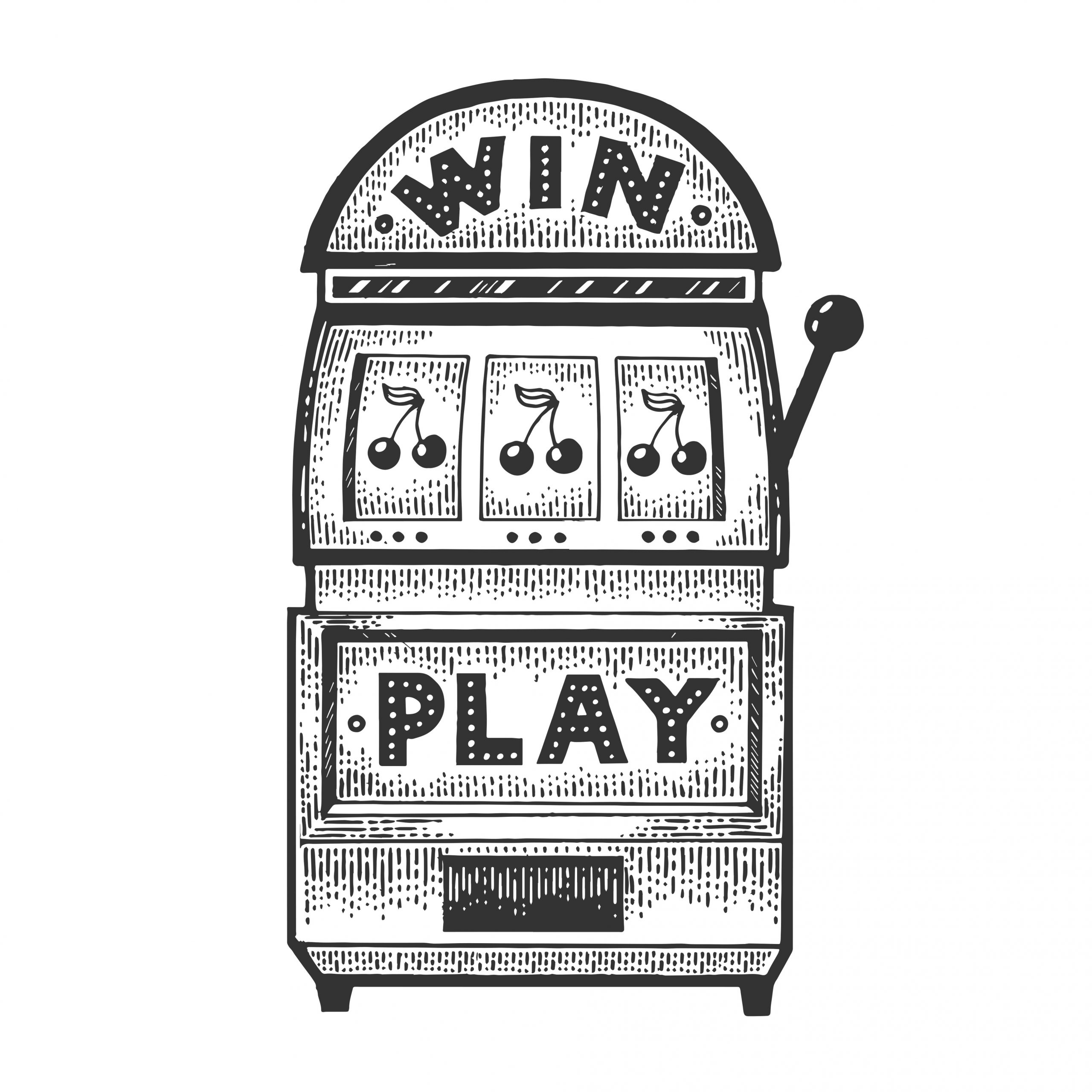3 Common SEO mistakes you can easily fix

1. Don’t mix 36 topics in one page
We know that an ample amount of content is the end goal in SEO, but a common mistake many make when first attempting to implement a Search Engine Optimization approach is thinking only about quantity of content, and not also quality of content. Each page should have a clear goal and a clear theme, as well as one main keyword. For each page created, there should be one target keyword and this keyword should be developed and used all over the page.
[For example, SEO SEO…SEO. Wink.]
But really, your target keyword on each page should be evident in the content that is created and should not be mixed up with several other keywords that you would like to develop on other pages.
For every page created you should know what your one true love, or one true keyword is, ‘til death do you part, 4-ever & ever, “I do”.

A real world example would be if you provide a service to businesses as well as individuals, for instance a career coach who provides a coaching recruiting service to HR Departments as well as direct coaching to solo clients. These are two completely different services (recruitment / career management) with separate sets of keywords, and they should each have their own pages where they are clearly identified.
For keywords, choose understandability over originality
Clients often want to sound like they’re revolutionizing their industry, and consequently, sometimes succumb to the urge of attempting to create a new and often, elaborate, vocabulary that defines their service or product.
The result is a poor choice of words no one knows and never uses that will tarnish the entire SEO content strategy; and could even leave users proverbially scratching their heads in confusion over what you do or what your service is when looking at your website.

Remember the purpose of Search Engine Optimization is to improve your visibility on Google and reach your target audience by creating content that is identifiable to users who are typing directly what they want. While there are plenty of other ways to show how your service or product is innovative, using inaccessible keywords to explain your product is not the way to achieve the desired result.
Part of your SEO strategy will be not only about creating quality content, but also identifying clear and concise keywords that will reach your consumers.
Don’t fall into the UX > SEO trap
Many startups are falling into the UX trap, their desire to look sleek and *try* to be user-centric are over the top, and ironically, leaves them oblivious to the very first step in a true user-centric strategy – which is to be visible in order to meet your users! While there can be benefits to fancy UX for some websites, it should not be prioritized over SEO by default.
When you originally launch your website, when your brand is new and you are hoping to build a client base, and when you don’t heavily communicate in channels other than Google and organically, Search Engine Optimization is always going to be one of the most powerful tools to build your credibility and visibility. It’s a way for you to create free and organic advertising for yourself.
The most common issue with sophisticated UX is that it is not SEO friendly. While it may look cool, if it prevents you from being visible on a Google search, who cares what your website looks like? No one. Because no one will see it.
But, have you even seen my tabs and forms, bro!?
![[object Object]](https://images.ctfassets.net/hrlc6ht6ex4d/3CShcefE5Jct50h6Q8GJR0/a107577b7112f22e3d4c5a4ddd895fe8/AdobeStock_367480471.jpeg)
I regularly work on projects with thirty products or reference maximum. With this type of volume, it’s no big deal if you don’t have a search engine to browse your own content. Apply a solid SEO approach and then help users find your content by segmenting well your offer and designing the user journey smartly. The relevant content will be super easy to find once the user is on your website, but most importantly, the content will be able to be found when the user is searching on Google and doesn’t know the existence of your brand yet.
I believe truly in the influence of Search Engine Optimization because of the opportunities it allows you to connect with consumers who are actively looking for a solution. By steering clear of some of these common mistakes, we can really see how an SEO methodology will amplify your content and the prominence of your brand in Google searches.
